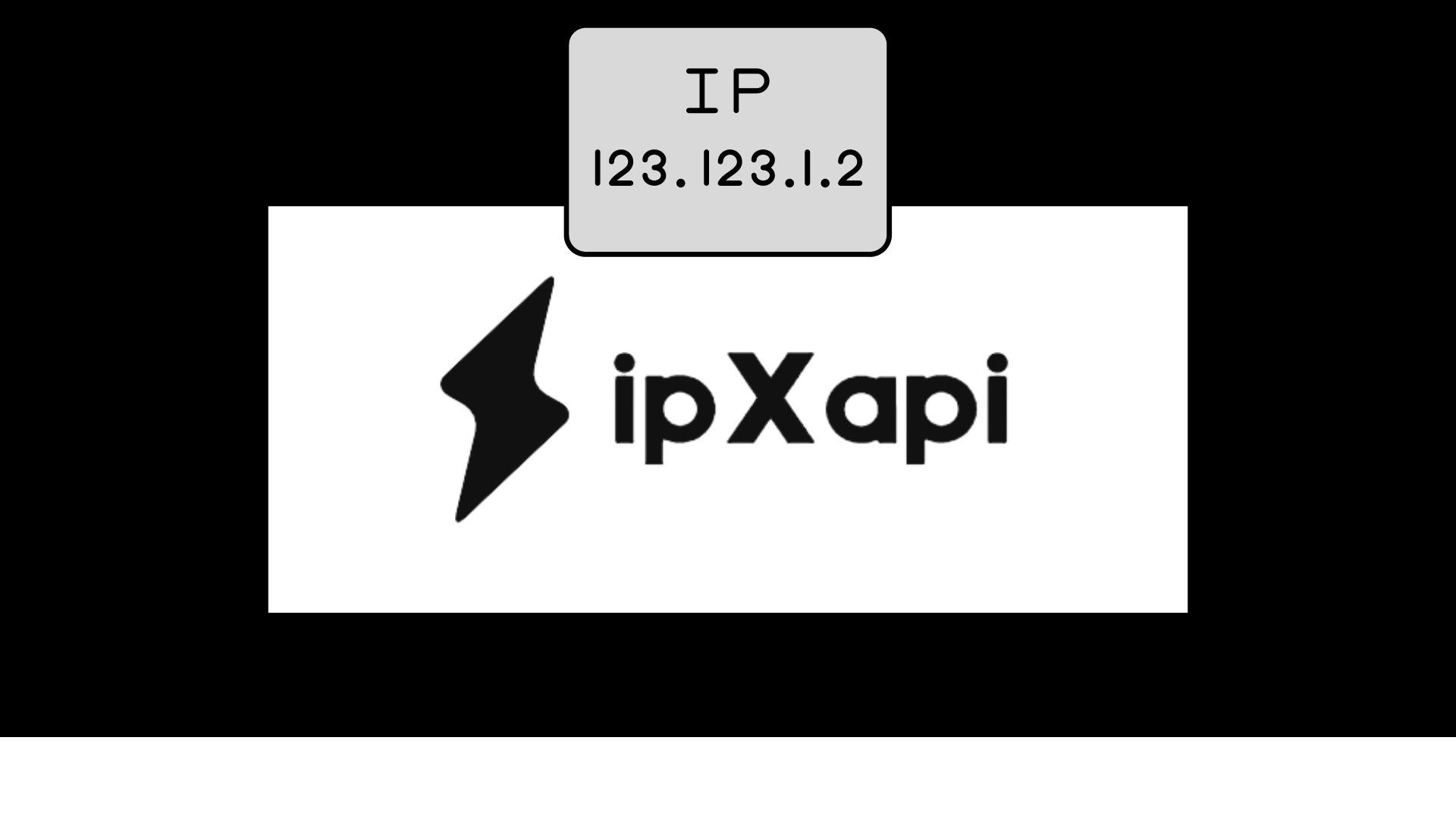IP Localization API: Tips To Use It

Within the digital domain, IP localization denotes the procedure of determining the precise location of a device connected to the internet by means of its IP address. The ability to customize online experiences to users' preferences and needs in particular regions is made possible in large part by this data. In today's worldwide digital landscape, when tailored content and focused marketing tactics are critical for firms looking to succeed, the significance of an IP Localization API cannot be emphasized.
IP geolocation, a technology that makes it possible to determine a device's physical location based on its IP address, is at the core of IP localization. Numerous industries, such as e-commerce, digital marketing, cybersecurity, and content delivery networks (CDNs), find numerous uses for this information. Businesses may improve user experiences, increase engagement, and strengthen their online security measures by utilizing IP geolocation.
Providing consumers with location-specific personalized material is essential in the cutthroat digital world to grab their interest and encourage participation. Businesses can dynamically modify their content offerings to correspond with the language, cultural, and geographical interests of their target audience by utilizing IP Localization.
Choosing The Right IP Localization API
Businesses need to think about things like accuracy, coverage, and reliability when choosing an IP Localization API. An efficient API has to offer accurate geolocation information, extensive regional coverage, and dependable operation in a range of network scenarios. When selecting an API, scalability and integration capabilities are also crucial factors to take into account. Companies should go for an API that can grow with their user bases and geographical reach while integrating easily with their current systems.
Implementing an IP Localization API involves several steps, including setting up API access and authentication, handling API requests and responses effectively, and integrating geolocation data into existing applications and workflows. A step-by-step guide can help businesses navigate the integration process and ensure a smooth transition to IP-based localization. Let's talk about one of the best in the market!
ipXapi API
Both scalability and usability were primary considerations in the development of the ipXapi API. We promise that the setup procedure won't take longer than ten minutes. Make use of the modules from those nations to adjust the user interface in accordance with intellectual property laws. Indicate each visitor's country on the webpage. Given that the API gathers real-time IP data from multiple sources, it is probably updated every day, if not more often.
You can use the abundance of location-specific data in ipXapi to enhance ad targeting, implement geo-restrictions on your website, or provide your consumers with location-specific experiences. You can inform your consumers precisely which currency is being used at the location where the processed IP address was quickly returned by providing them with a personalized purchasing experience.
You can utilize the time-related metadata that the API returns to determine your users' current time zone and modify your behavior without asking them to fill out any forms. Website security can be increased and risk reduced by using crawlers, proxy servers, and Tor users. Because their database and API are integrated with multiple major ISPs that routinely submit information about new and current IP ranges, they are able to deliver very high accuracy in their IP data.

